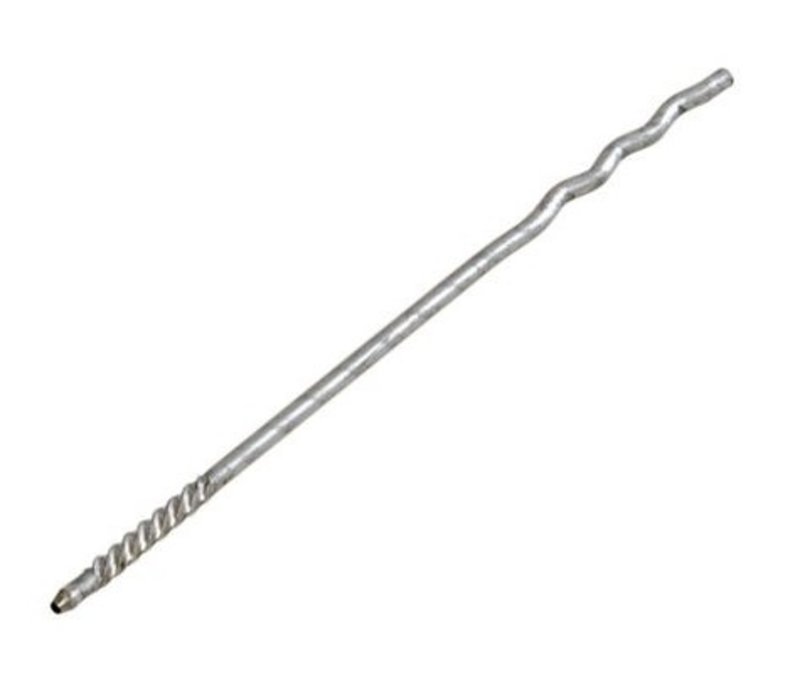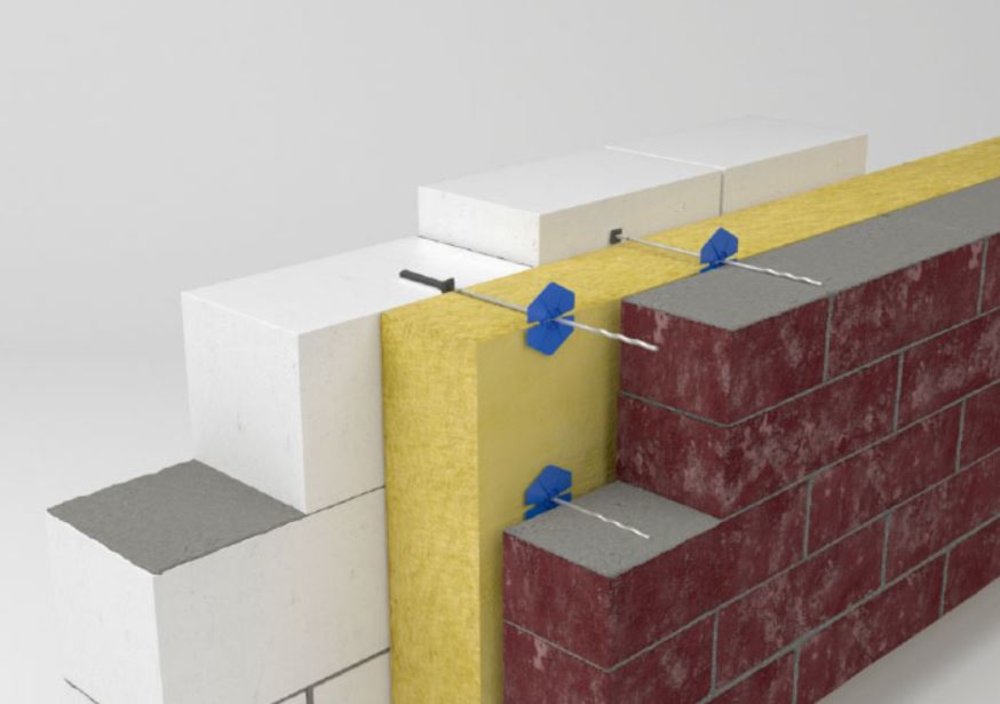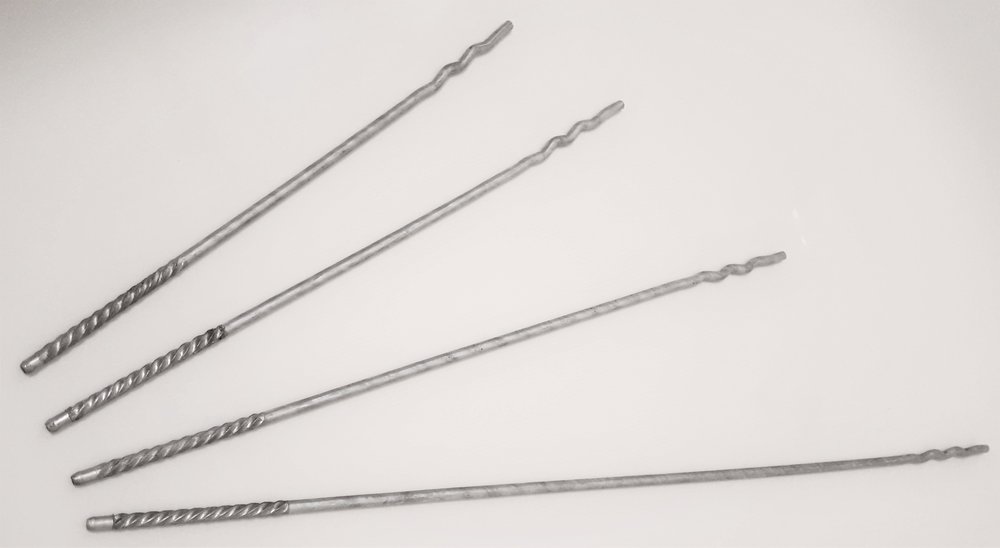AFCAB certificate for MBT couplers
We are particularly proud to announce that our MBT sleeve has received the AFCAB certification.
![[Translate to Anglais:] LEVIAT a CHR company](/fileadmin/_processed_/0/5/csm_logo-leviat-white_bf42d08d02.png)
Leviat, a CRH company, is a global leader in connecting, fixing, lifting and anchoring technology for the construction industry.
Leviat’s engineered products and innovative construction solutions are used in a variety of market segments from residential to infrastructure, enabling users to build better, stronger, safer and faster.
3 000
employees
+60
sites worldwide
4
production on 4 continents
+30
sales in +30 countries

Blankenberge will soon have a brand-new sports complex and Leviat was allowed to contribute to
that.
We are particularly proud to announce that our MBT sleeve has received the AFCAB certification.
We imagine, model and make engineered products and innovative construction solutions for a dynamic industry. We support our partners in the long term to build better, safer, stronger and faster and help turn awe-inspiring architectural visions into reality.



The masonry hook is straight and has a twisted end to anchor into the carrier structure by means of a PVC dowel. Anchoring in the masonry is ensured by a ripple at the other end.
Thanks to the hook's ripple at its free end, this end does not need to be folded into the masonry joint.
It is highly recommended to use the drift punch to avoid bending the hook when fastening it.
• The length is determined by the width of the gap in the hollow wall. Ensure the masonry hooks are anchored deeply enough at both ends.<br/>• Eurocode recommends using stainless steel masonry hooks (MX3 exposure class).<br/>•Quantity: as specified by the stability engineer (Calculation imposed by Eurocode 6 - NBN EN 1996-1-1 with a minimum 5 p/m² as per the Belgian National Annex)
Design
Interior wall end: twisted for anchoring with dowel
Exterior wall end: rippled
Equipment
Available in galva, stainless steel 304 (Ø 4 mm) and stainless steel 316 (Ø 5 mm)
Diameter
Ø 4 mm and Ø 5 mm
Length
Different lengths available according to cavity width
Refer to the technical sheet for more information.
- Drill a hole in the interior wall, 6 mm diameter and 60 mm minimum depth.
- Clean the hole (if applicable using a blowgun) and insert the dowel.
- Using an appropriate driving punch and a hammer, drive the twisted tip of the hook into the dowel, down to the bottom of the hole.
- If applicable, add an insulator fastening clip directly against the insulator.
- Install the anchoring hooks with a slope descending towards the facing wall, allowing water to flow outward, or add a drop breaking washer on the hook before the installation.
- The masonry hooks will then be introduced into the mortar joints of the facing walls. Thanks to the hook's ripple at its free end, this end does not need to be folded into the masonry joint.
- Drill hole: Ø 6 x 60 mm (hook Ø 4 mm), Ø 8 x 50 mm (hook Ø 5 mm)
- Anchoring depth in the facing wall: 40 - 80 mm



The masonry hook is straight and has a twisted end to anchor into the carrier structure by means of a PVC dowel. Anchoring in the masonry is ensured by a ripple at the other end.
Thanks to the hook's ripple at its free end, this end does not need to be folded into the masonry joint.
It is highly recommended to use the drift punch to avoid bending the hook when fastening it.
• The length is determined by the width of the gap in the hollow wall. Ensure the masonry hooks are anchored deeply enough at both ends.<br/>• Eurocode recommends using stainless steel masonry hooks (MX3 exposure class).<br/>•Quantity: as specified by the stability engineer (Calculation imposed by Eurocode 6 - NBN EN 1996-1-1 with a minimum 5 p/m² as per the Belgian National Annex)
Design
Interior wall end: twisted for anchoring with dowel
Exterior wall end: rippled
Equipment
Available in galva, stainless steel 304 (Ø 4 mm) and stainless steel 316 (Ø 5 mm)
Diameter
Ø 4 mm and Ø 5 mm
Length
Different lengths available according to cavity width
Refer to the technical sheet for more information.
- Drill a hole in the interior wall, 6 mm diameter and 60 mm minimum depth.
- Clean the hole (if applicable using a blowgun) and insert the dowel.
- Using an appropriate driving punch and a hammer, drive the twisted tip of the hook into the dowel, down to the bottom of the hole.
- If applicable, add an insulator fastening clip directly against the insulator.
- Install the anchoring hooks with a slope descending towards the facing wall, allowing water to flow outward, or add a drop breaking washer on the hook before the installation.
- The masonry hooks will then be introduced into the mortar joints of the facing walls. Thanks to the hook's ripple at its free end, this end does not need to be folded into the masonry joint.
- Drill hole: Ø 6 x 60 mm (hook Ø 4 mm), Ø 8 x 50 mm (hook Ø 5 mm)
- Anchoring depth in the facing wall: 40 - 80 mm